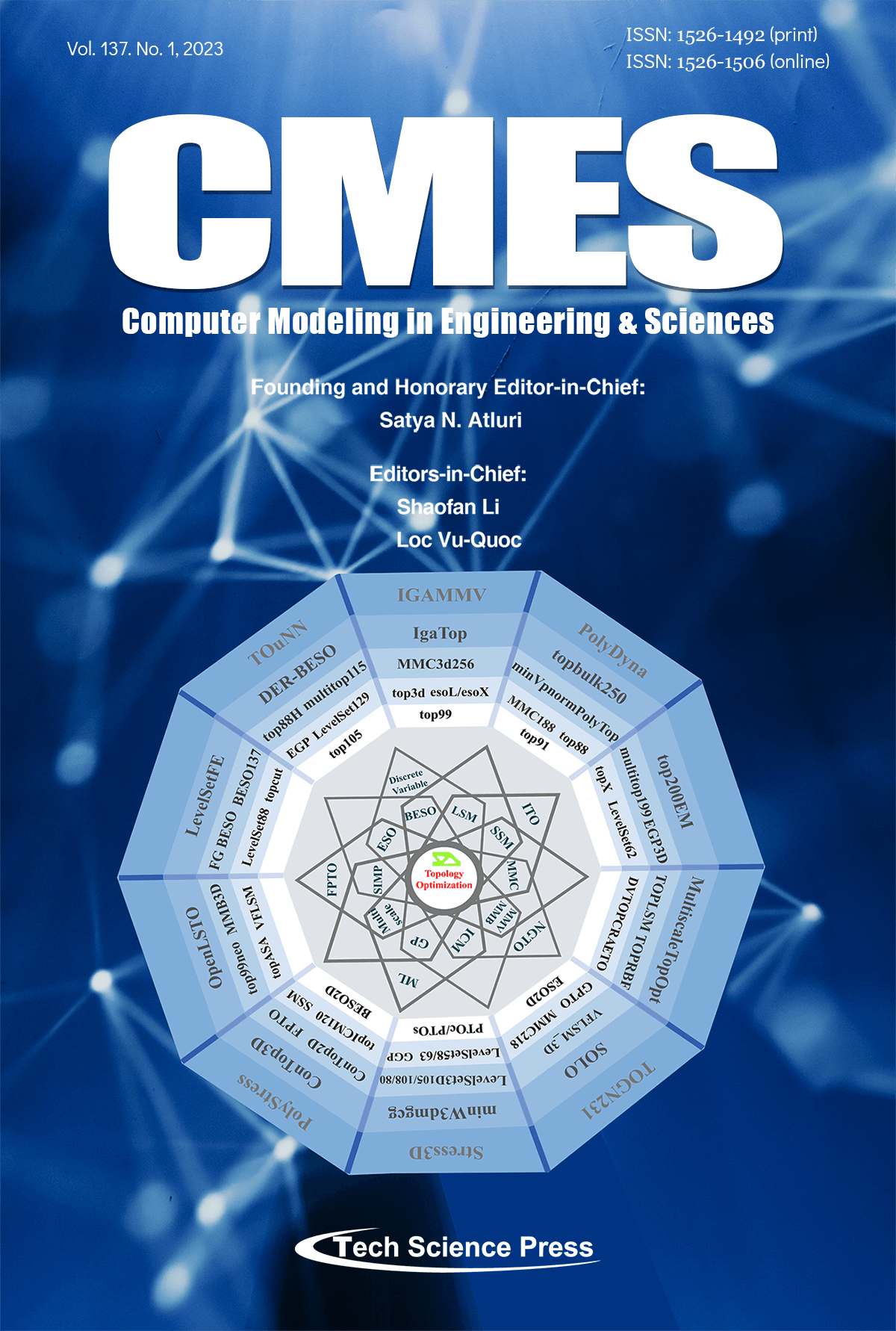A Client Selection Method Based on Loss Function Optimization for Federated Learning
Yan Zeng1,2,3, Siyuan Teng1, Tian Xiang4,*, Jilin Zhang1,2,3, Yuankai Mu5, Yongjian Ren1,2,3,*, Jian Wan1,2,3
CMES-Computer Modeling in Engineering & Sciences, Vol.137, No.1, pp. 1047-1064, 2023, DOI:10.32604/cmes.2023.027226
- 23 April 2023
(This article belongs to the Special Issue: Federated Learning Algorithms, Approaches, and Systems for Internet of Things)
Abstract Federated learning is a distributed machine learning method that can solve the increasingly serious problem of data islands and user data privacy, as it allows training data to be kept locally and not shared with other users. It trains a global model by aggregating locally-computed models of clients rather than their raw data. However, the divergence of local models caused by data heterogeneity of different clients may lead to slow convergence of the global model. For this problem, we focus on the client selection with federated learning, which can affect the convergence performance of the… More >
Graphic Abstract



 Submit a Paper
Submit a Paper Propose a Special lssue
Propose a Special lssue